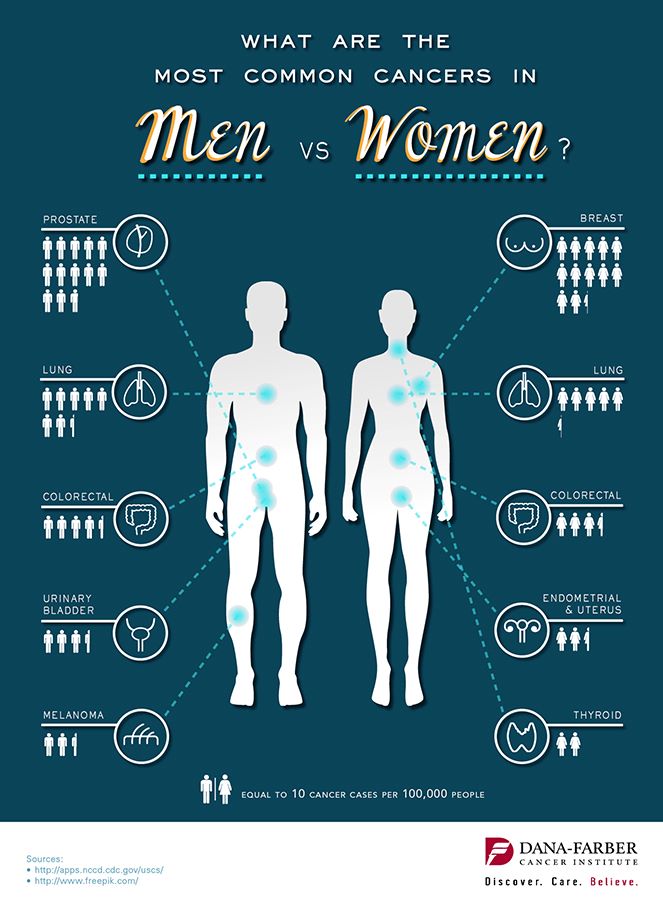Study: Cancer cases and deaths among men will surge by 2050
A new study projects a significant increase in cancer cases and deaths among men worldwide by 2050, driven by higher prevalence of risk factors such as smoking and alcohol consumption. The research, published in the journal Cancer and led by Dr. Habtamu Mellie Bizuayehu from The University of Queensland, Australia, highlights alarming disparities in cancer incidence and survival rates among different age groups and regions.
More to read:
Cancer is getting younger: study reveals 79% rise in cases among people under 50
The study estimates that the number of cancer cases in men will rise by 84%, from 10.3 million in 2022 to 19 million by 2050. Meanwhile, cancer-related deaths are expected to increase by more than 93%, reaching 10.5 million globally. This surge is anticipated to be most pronounced among older men and in countries with lower Human Development Index (HDI) scores.
Key findings and methodology
The researchers analyzed data from the Global Cancer Observatory (GLOBOCAN) for 2022, focusing on 30 types of cancer among men. The study examined cancer incidence, mortality, and prevalence, and provided projections for 2050.
It also calculated mortality-to-incidence ratios (MIRs) for various cancer types, with higher MIRs indicating worse survival outcomes.
More to read:
New test based on urine samples may provide early diagnosis for cancer
Key findings include:
- In 2022, lung cancer was the leading cause of both cancer cases and deaths among men, a trend expected to continue through 2050.
- The global MIR for men was nearly 55% in 2022, with the highest MIR observed in Africa (72.6%) and the lowest in the Americas (39.1%). Thyroid cancer had the lowest MIR (7.6%), while pancreatic cancer had the highest (90.9%).
- Disparities in cancer outcomes were particularly stark between high-HDI and low-HDI countries, with the latter experiencing significantly higher mortality rates.

The researchers acknowledge potential limitations due to the quality of GLOBOCAN data and cautions that the MIR may not fully capture all aspects of cancer outcome inequalities. Additionally, other measures of cancer burden, such as years of life lost or years lived with disability, were not included due to data unavailability.
More to read:
First cancer vaccines based on mRNA technology to be tested in U.K.
The study underscores the urgent need for targeted cancer prevention, screening, and treatment programs, particularly in low- and medium-HDI countries where the burden is expected to be greatest.
Cancer remains the second leading cause of premature death worldwide, after cardiovascular diseases, but by the end of the century it could become the leading cause of death globally, with significant social and economic consequences. The global economic burden of cancer was estimated at $25.3 billion in 2017, with a cumulative cost expected to reach $25.2 trillion between 2020 and 2050.
More to read:
How cancer was treated in Ancient Egypt
***
NewsCafe relies in its reporting on research papers that need to be cracked down to average understanding. Some even need to be paid for. Help us pay for science reports to get more interesting stories. Use PayPal: office[at]rudeana.com or paypal.me/newscafeeu.



![[video] Trump just slapped penguins on Antarctic islands with tariffs](/news_img/2025/04/03/news0_mediu.jpg)



